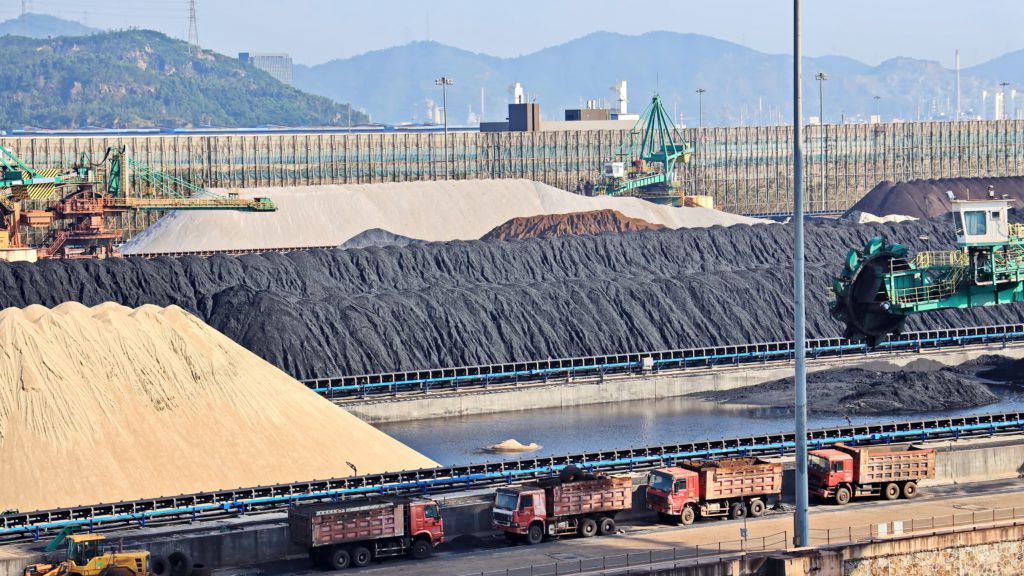Despite the best efforts to the contrary, short-term global reliance on coal has only increased. The main reason is, of course, Russia’s invasion of Ukraine. Indeed, energy is getting harder and harder to come by, and most countries are falling back on reliable – if dirty – sources. How will this affect coal imports and exports in the near term? First, we need to consider the facts.
Energy Issues Have Left Many Nations with No Other Choice
In the US, coal production has risen significantly from last year. Though higher prices were not converting to an increase in supply, the Energy Information Administration stated that production is up 6% from the first quarter of 2021. However, they added that the figure should even out at a 3% increase for the year. This is mainly because both US domestic coal consumption and exports were down by 4% in the first quarter of 2022.
On the contrary, global use of coal has been on the rise due to the energy crisis in Europe. China, too, has ramped up coal production and consumption to help drive its struggling economy. Furthermore, the European Union (EU), facing a possible curtailment in gas supply from Russia, recently received the green light from Brussels to increase its use of coal over the next decade. The European Commission estimated that 5% more coal would be used. However, that figure could shoot higher in the short term.
With Russia Out of the Picture, EU Countries Are Desperate for Coal
According to this Reuters report, some EU countries that were otherwise planning to exit coal usage are now seeing an increase in production and fossil-powered energy generation. In fact, the current demand for coal is so strong that even the Taliban Government in Afghanistan has hiked the price from US $90 to $200 per ton. The move came after Pakistan evinced interest in importing Afghan coal. The news came much to the discomfort of China, where some energy firms threatened a blockade of Afghan coal imports and exports.
Related: Halliburton Q2 Income Surges As Global Drilling Activity Rises
This short-term demand for coal has also raised questions about earlier commitments by various nations to curb production in favor of “green” energy sources. According to this report, the EU had previously been committed to its net-zero emissions goals for 2050. The 27-member group had planned to increase its reliance on nuclear power and renewable sources. However, European energy grids are still heavily reliant on Russian natural gas and coal. With Russia now a pariah state, many EU countries are scrambling for new coal sources.
And while no European nation has yet reversed its commitment to phase out coal by 2030, Germany, Austria, France, and the Netherlands recently announced plans to enable increased coal power generation in the likelihood that Russia halts its gas supplies.
China and India are Both Boosting Coal Imports
Earlier this year, Beijing capped coal prices and pushed for more coal production. Already, the country’s 60% power requirement comes from coal. Of course, coal miners were reportedly quick to take advantage of the price cap to up production. Now, China has decided to increase its reliance on low-cost coal to help boost its economy and push past temporary power shortages.
Meanwhile, India, the world’s second-biggest coal importer, saw record thermal coal deliveries this June. In fact, the country’s thermal coal imports were up 35% to 19.22 million tons in June this year. That’s 56% above levels seen in June 2021. Many will note that thermal coal is mainly used to generate electricity. It is not classified as a metallurgical or “coking” coal.
Over the past few years, India has been reducing the amount of thermal coal sourced from Australia. Meanwhile, the country has increased imports of cheaper, lower-quality coal from Indonesia. All in all, it seems to fit the overarching global trend.
Due to extraneous circumstances, nations around the world are rushing to source coal at extremely competitive rates. Quality be damned.
By AG Metal Miner

